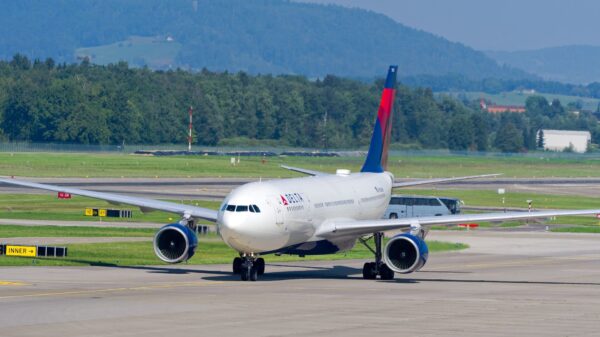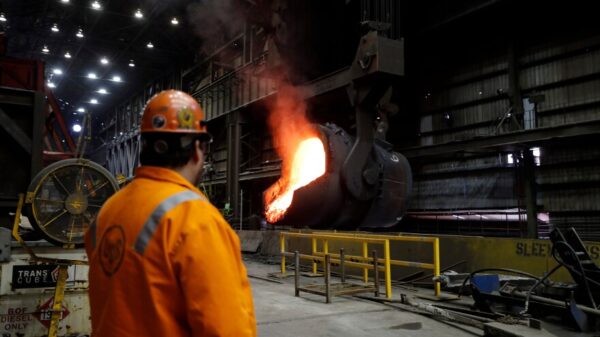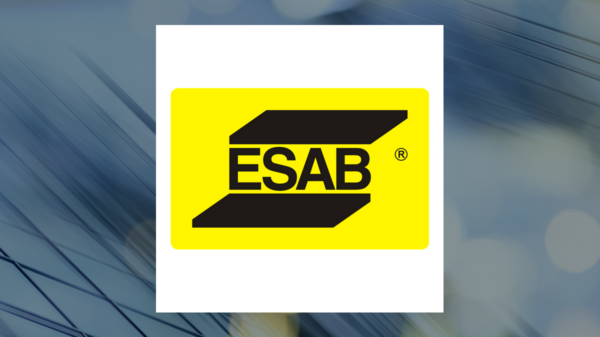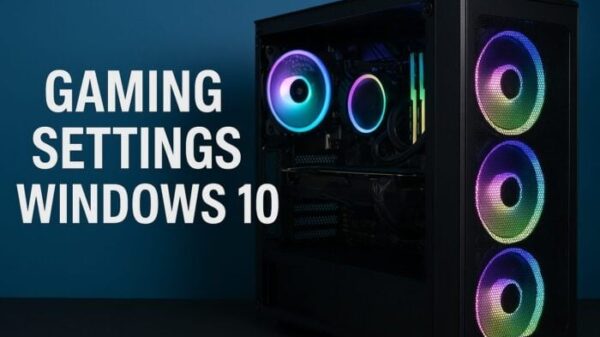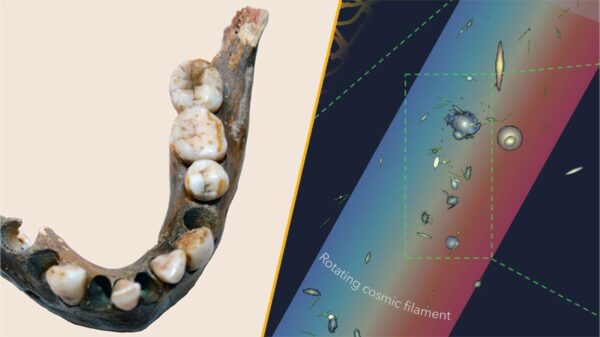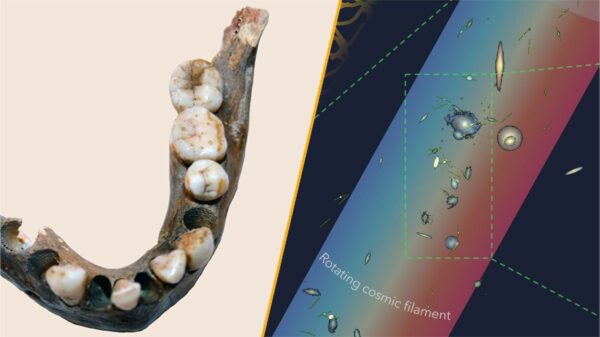Alaska Airlines has successfully finalized its acquisition of Hawaiian Airlines for a total of $1.9 billion, a deal that was completed on September 18, 2024. This merger positions the Alaska Air Group as one of the largest airline operators in the United States, significantly expanding its reach and operational capacity. Despite concerns among loyal Hawaiian Airlines passengers about the potential disappearance of the Hawaiian brand, Alaska Airlines has stated it has no immediate plans to phase out the name.
The acquisition marks a pivotal moment for Hawaiian Airlines, which struggled due to the severe impact of COVID-19 travel restrictions. The merger will enable the combined entity to operate approximately 40% of all flights between Hawaii and the contiguous United States, according to AP News. Alaska Airlines will now benefit from Hawaiian’s fleet of widebody aircraft, including Airbus A330s and Boeing 787s, which enhances the operational diversity that Alaska had previously lacked.
In addition to expanding its fleet, the merger will facilitate Hawaiian Airlines joining the OneWorld alliance, aligning it more closely with Alaska Airlines. Starting in October 2025, both airlines will launch a combined frequent flyer program, with HawaiianMiles members transitioning to the Alaska Airlines Mileage Plan.
The merger follows Alaska Airlines’ earlier acquisition of Virgin America in 2016, which cost the airline $4 billion. Alaska Airlines had phased out the Virgin America brand by 2020, but continues to pay an annual minimum royalty of $8 million to Virgin Aviation as part of a trademark agreement. This decision came after a court ruling upheld the royalty requirement until 2039, even after the Virgin branding was removed from Alaska Airlines operations.
The integration of Hawaiian Airlines into the Alaska Air Group is not limited to branding; it also encompasses operational strategies aimed at enhancing long-haul travel capabilities. Hawaiian has already begun receiving Boeing 787-9 aircraft, which will play a crucial role in the airline’s international expansion plans. This includes new routes from Seattle-Tacoma International Airport to destinations such as Rome and Barcelona by May 2026.
Hawaiian Airlines operates a robust international network, with flights connecting Honolulu to several key destinations, including Tokyo, Sydney, and Auckland. The airline is also known for offering some of the longest domestic flights within the United States, including a nearly ten-hour journey from Honolulu to Boston Logan International Airport.
As part of the merger, Alaska Airlines has established a Honolulu-based leadership team to oversee operations in Hawaii. Jim Sanders, the former Senior Vice President of Technical Operations for Hawaiian Airlines, has been appointed as the head of Hawaii operations. This leadership structure aims to streamline operations and obtain a single operating certification from the Federal Aviation Administration by this fall.
Hawaiian Airlines continues to emphasize its commitment to maintaining its legacy in the region. CEO Joe Sprague reaffirmed that “Hawaii will always be the home of Hawaiian Airlines,” underscoring the importance of the airline’s history and its workforce of 6,500 employees. The Alaska Air Group has also noted a substantial increase in cargo revenues, which rose by 34% in the second quarter of 2025, largely driven by the acquisition of Hawaiian Airlines.
As the merger unfolds, the Alaska Air Group is poised to redefine its operational landscape, enhancing both domestic and international travel experiences while preserving the unique identity of Hawaiian Airlines. The next few years will be critical in determining how the integration shapes the future of air travel in and out of Hawaii.










